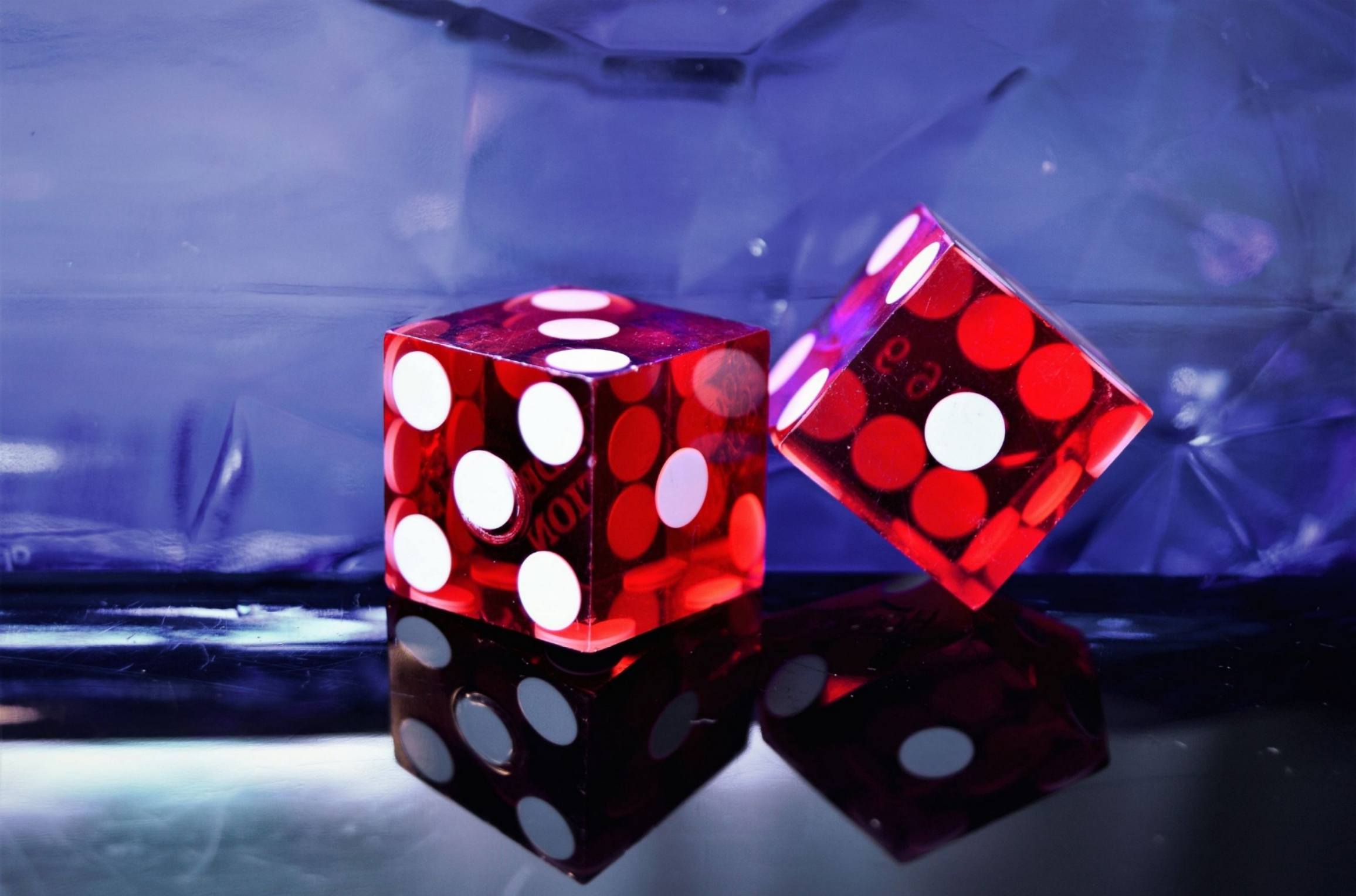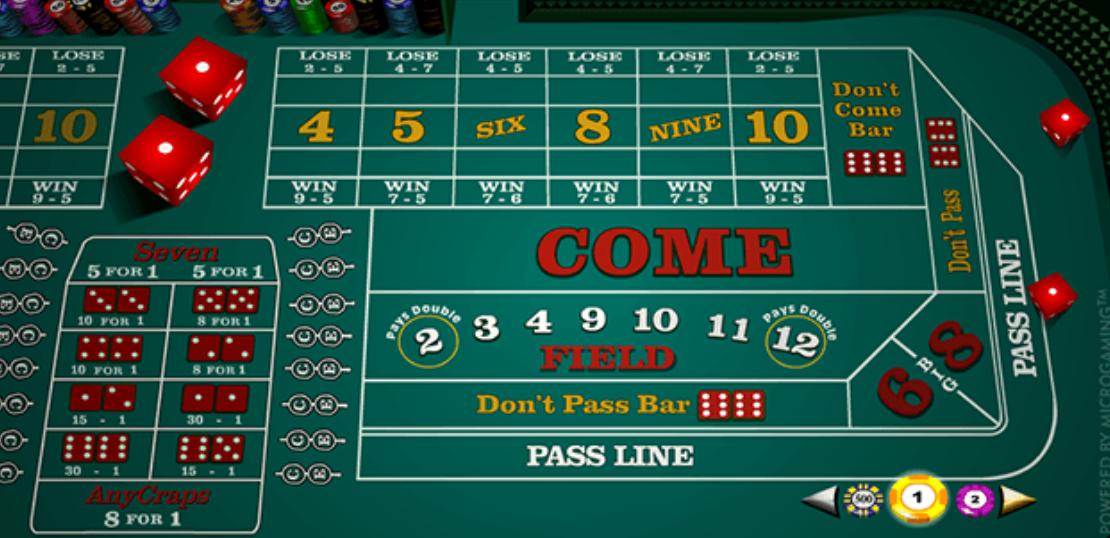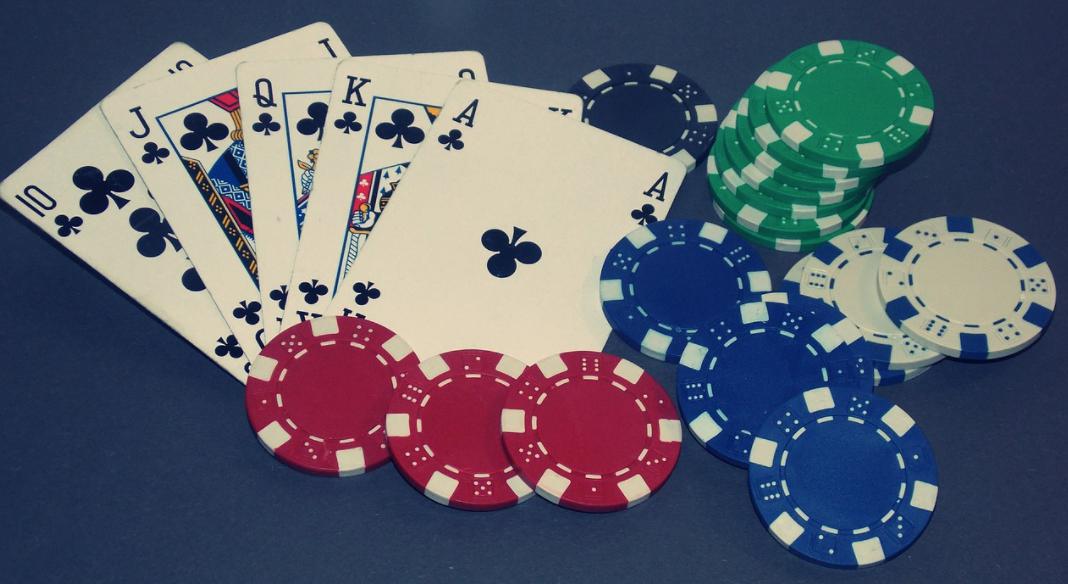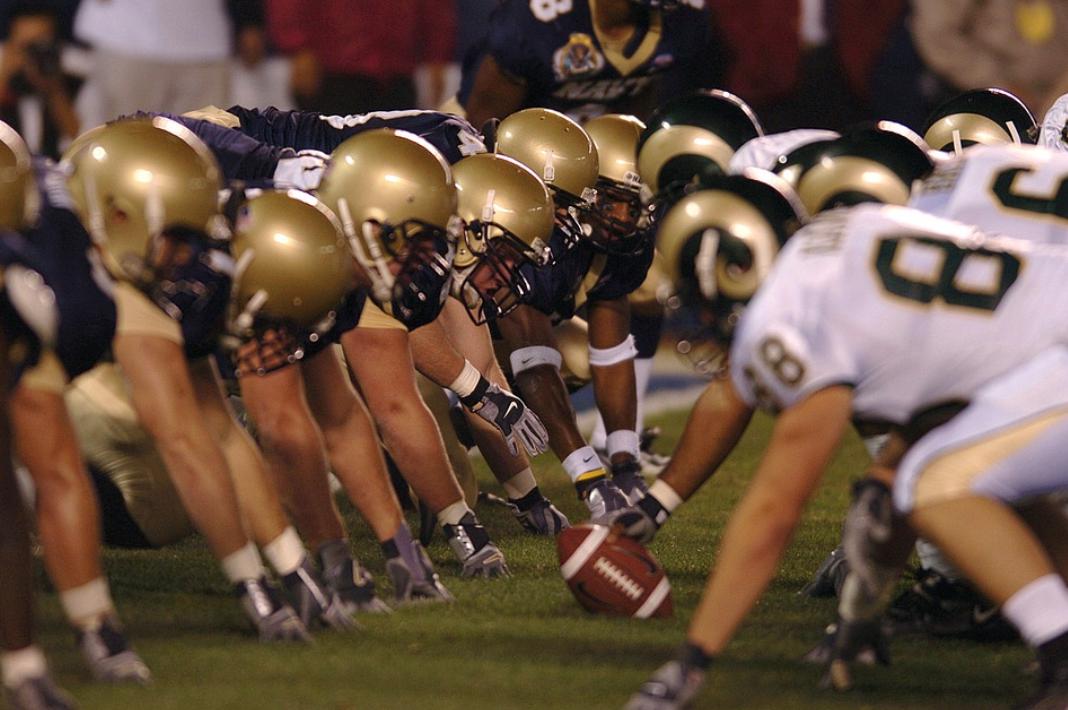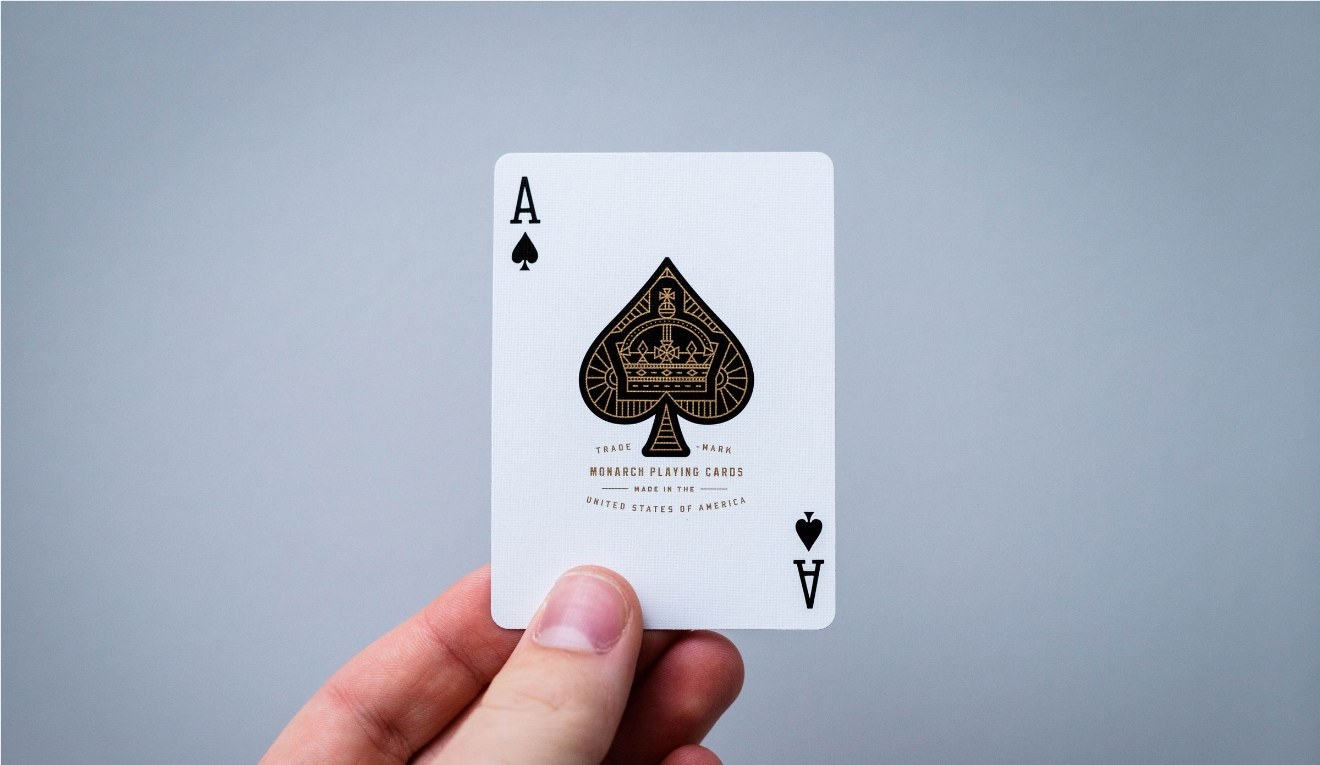Casino games are designed so that random outcomes will result in long-term profits for the house.
Driving those profits is that the house will pay winners less than true odds, while collecting full fare from losers. As long as there is a normal share of losing wagers, the house profit is the difference between true odds and odds paid on winning bets.
In craps, the odds against winning a single-roll bet on 12 are 35-1, but the common payoff is only 30-1. The difference between collecting $35 and $30 on a $1 bet represents the house edge.
If you make a multi-roll place bet on 4, true odds against winning are 2-1, but the payoff is only 9-5. A winning $5 bet would collect $10 at true odds but actually collects only $9. Edge to the house.
Let's demonstrate how all that works, first using a one-roll, one-number bet, then a one-roll bet on multiple numbers, then a multi-roll bet on one number.
Remember that these also apply to playing craps at an online casino!
ONE-ROLL BET ON 12
Single-roll bets are easy. You win if the shooter rolls your number and lose if he doesn't.
Easy is the good part. The bad parts are high house edges and speed of play. Because the bets are decided in one roll, you'll risk more money per hour than with equal bets on multi-roll wagers such as pass, don't pass, place bets and others.
For this time, let's focus on the house edge, which tells us what percent of your wagers the house expects to keep per decision.
There are 36 possible combinations of two dice. Only one combo -- 6 on each die -- totals 12.
- Imagine betting $1 per roll on a sequence of 36 rolls in which each combination comes up once. You risk $36.
- On the one winner, you keep your $1 bet and are paid $30, so at the end of the trial, you have $31 of your original $36. The house has the other $5.
- The house edge is the $5 it kept divided by the $36 you wagered. Multiplied by 100 to convert to percent, that's a 13.89 percent house edge. The combination of that huge house edge and the frequency of one-roll decisions makes this a bet to avoid.

ONE-ROLL BET ON THE FIELD
When you bet on the field, you win if the next roll 2, 3, 4, 9, 10, 11 or 12. The only losing numbers are 5, 6, 7 and 8.
Payoffs are even money on 3, 4, 9, 10 or 11. Some tables pay 2-1 if the roll is either 2 or 12. Others pay 2-1 on 2 and 3-1 on 12. A few reverse that, paying 3-1 on 2 and 2-1 on 12.
Despite including so many numbers, the field loses more often than it wins. The most frequently rolled number is 7, with six possible combinations, followed by 6 and 8 with five each. There are four ways to roll a loser 5, tying it with the winner 9 as the next most frequent roll.
That means 20 of the 36 rolls are losers and 16 are winners. The bigger payoffs on 2 and 12 aren't quite enough to make up the difference.
Let's walk through an example, using $1 bets on the field in our sequence of 36 rolls in which each combo occurs once.
For our example, let's use the version where 2 pays 2-1 and 3 pays 3-1, with all other winners returning 1-1. At the end of the trial, that leaves these returns on the winners:
- On each of two 3s, you keep $1 bets and win $1 for a total of $4.
- On each of three 4s, you keep $1 bets and win $1 for a total of $6.
- On each of four 9s, you keep $1 and win $1 for a total of $8.
- On each of three 10s, you keep $1 and win $1 for a total of $6.
- On each of two 11s, you keep $1 and win $1 for a total of $4.
- On one 2, you keep $1 and win $2 for a total of $3.
- On one 12, you keep $1 and win $3 for a total of $4.
Add up the totals on the winners and you get $35. The house keeps $1. Divide $1 by $36 and multiply the result by 100 and you get a 2.78 percent house edge.
That makes this version of the field the best one-roll bet, but it's still a bet to beware because decisions come fast and furious on one-roll bets.
If both 2 and 12 pay 2-1, then the house would keep $2 of your $36 risked and the house edge would double to 5.56 percent.
MULTI-ROLL PLACE BET ON 4
A place bet is a wager that the shooter will roll your number before a 7. No other numbers matter. If you bet on 4, the shooter could roll a sequence such as 8, 11, 3 and 5, and no money would change hands.
So in our sequence of 36 rolls, the only ones that matter when placing 4 are the six 7s and three 4s.
This time, we'll imagine $5 wagers to keep the arithmetic neat for the 9-5 payoffs on winners. On the nine rolls that bring decisions, you'd risk a total of $45.
You lose on the 7s, while on each of three 4s you'd keep your $5 bet and bet $9 in winnings.
That gives you $42 of your original $45, while the house keeps $3. The house's $3 divided by your $45 risked comes to 0.0667. Multiplied by 100, that makes the house edge 6.67 percent.
It takes an average of four rolls to decide a place bet on 4. If you bet equal amounts per wager on the field and placing 4, you'd actually lose less per hour on the 4 despite the lower edge on the field.
House edge isn't the only factor in determining your average outcome. Bet size and speed of play matter, too. But for starters, the house has an edge because it pays your winners at less than true odds.
Guides Similar to this Topic
